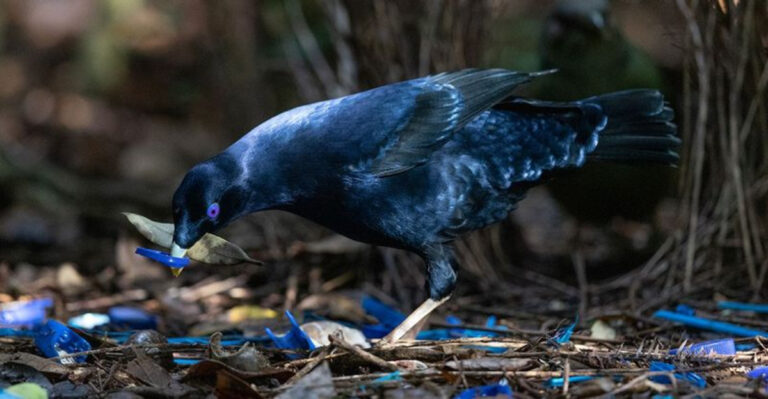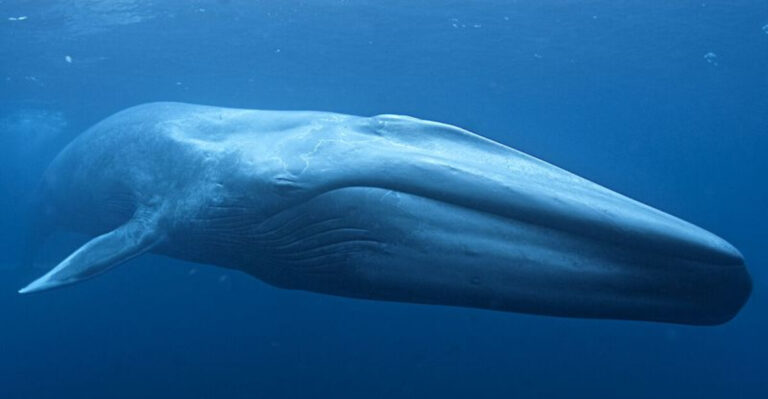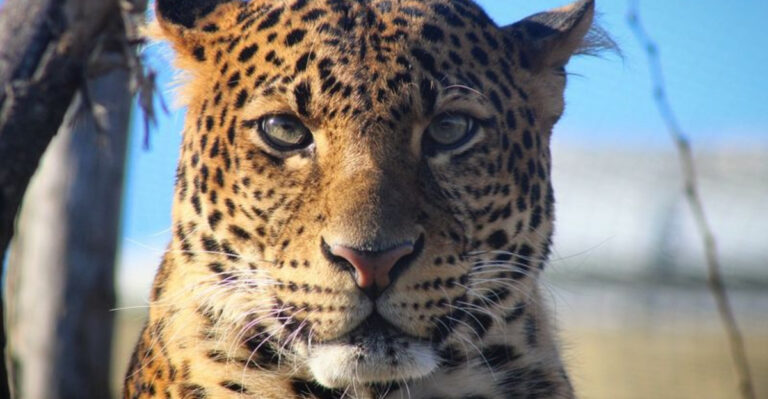15 Wild Animal Encounters You Should Be Prepared For In Yellowstone National Park
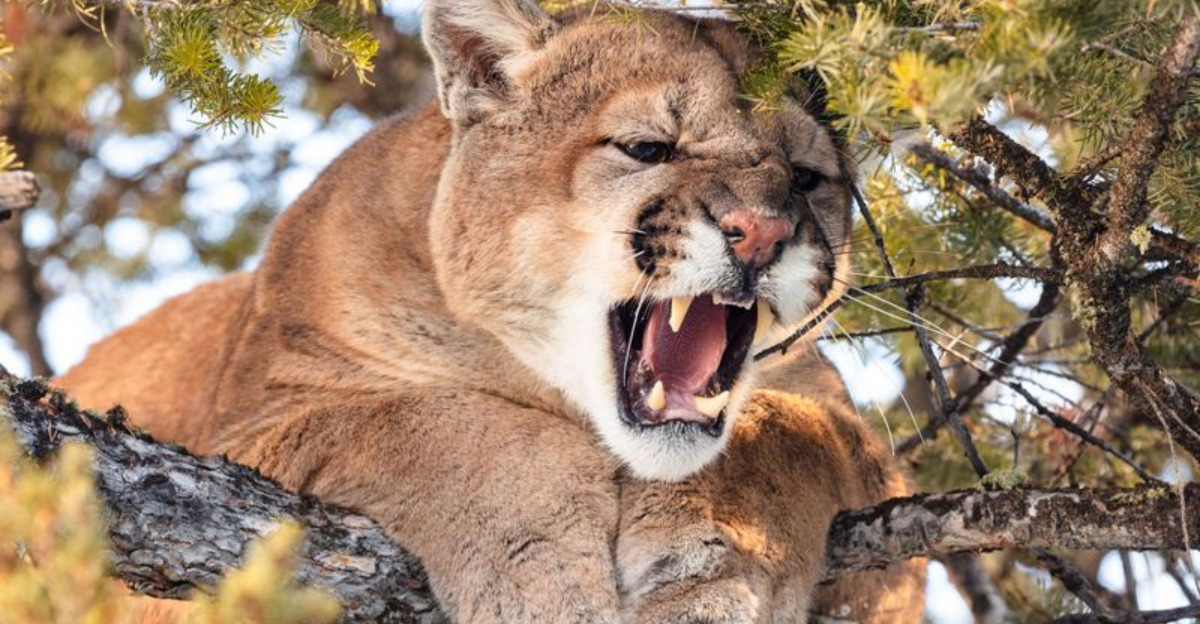
Yellowstone National Park is home to some of North America’s most magnificent wildlife. From massive bison to elusive wolves, the park offers incredible opportunities to witness animals in their natural habitat.
But these wild encounters require preparation, knowledge, and respect for both your safety and the animals’ wellbeing. Before your next Yellowstone adventure, make sure you know what to expect from these fascinating creatures.
1. Bison Jams On Park Roads
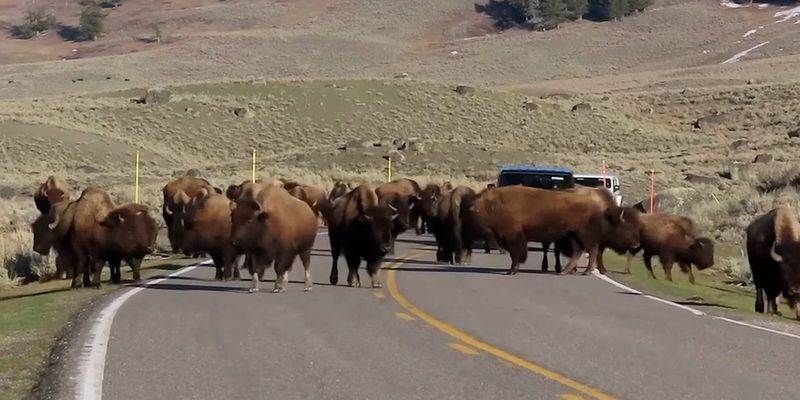
Massive and prehistoric-looking, bison frequently cause traffic backups when herds cross roads. These 2,000-pound behemoths move at their own pace and couldn’t care less about your schedule.
Park rangers recommend staying in your vehicle when bison are near. Despite their bulky appearance, bison can run up to 35 mph and have injured more Yellowstone visitors than any other animal. Never approach them, even if they seem calm.
2. Grizzly Bears Foraging In Meadows
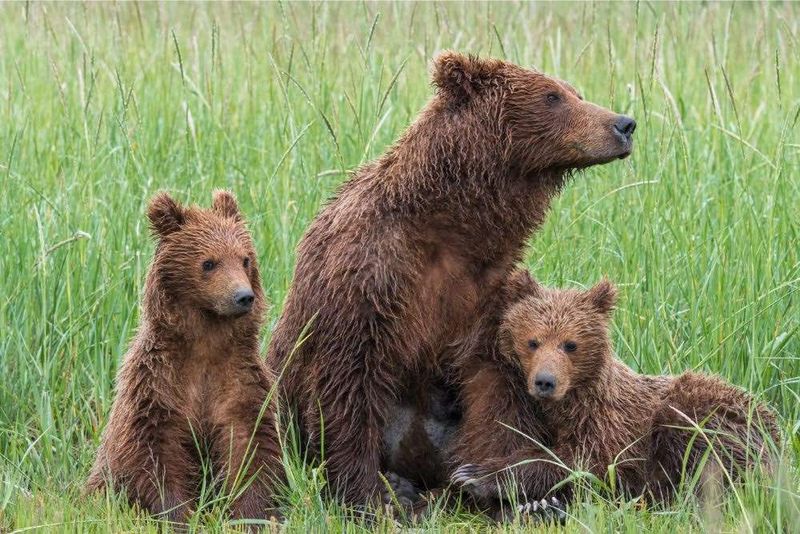
Nothing quickens the pulse like spotting a grizzly’s distinctive shoulder hump in a distant meadow. These powerful omnivores spend summer days digging for roots, insects, and small mammals in Yellowstone’s open spaces.
Carry bear spray and know how to use it. Travel in groups and make noise on trails. If you encounter a grizzly, never run – back away slowly while facing the bear. Remember, these magnificent creatures are simply living their lives in their natural home.
3. Wolf Packs At Dawn And Dusk
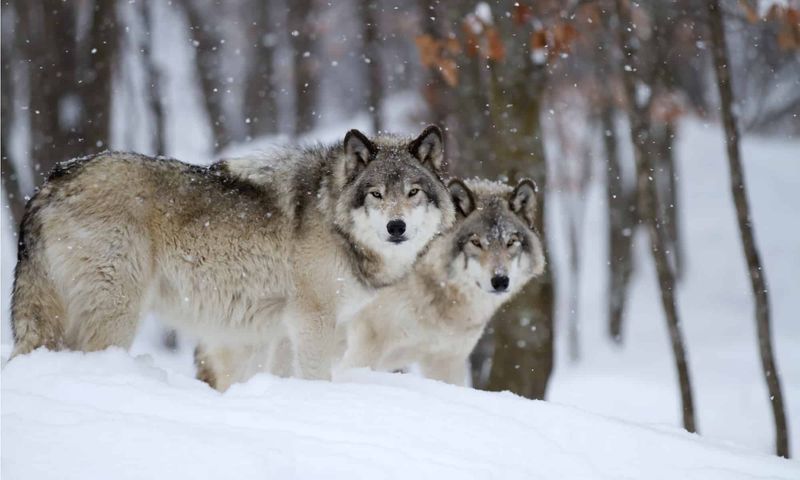
Early risers get rewarded with glimpses of Yellowstone’s gray wolves. Lamar Valley, often called America’s Serengeti, offers prime viewing opportunities during morning hours when packs are most active.
Bring quality binoculars or a spotting scope – wolves typically stay far from roads. Listen for their haunting howls echoing across valleys. Rangers often set up scopes at popular viewing areas, creating impromptu wildlife watching communities where visitors share sightings.
4. Elk Bugling During Fall Rut
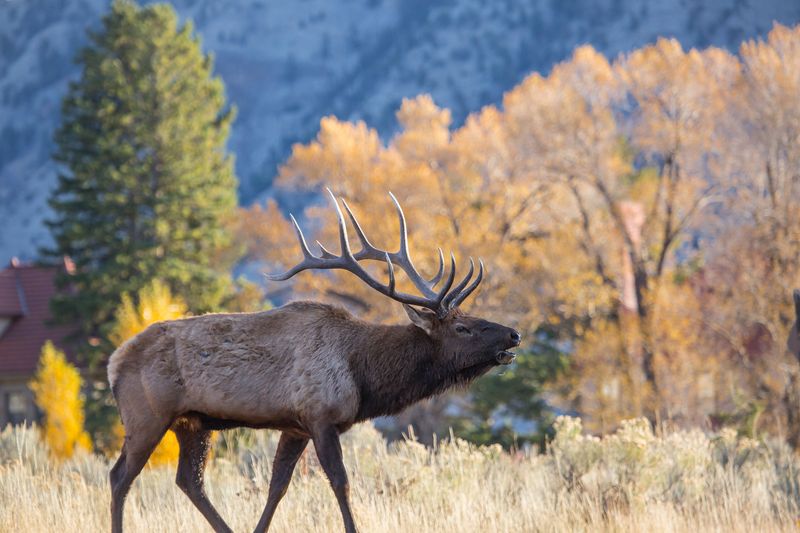
Fall visitors witness one of nature’s most dramatic performances when bull elk compete for mates. Their eerie bugling calls—somewhere between a whistle and a scream—echo through valleys as males display massive antlers.
Males become extremely territorial during mating season. Stay at least 75 feet away, as normally docile elk become unpredictable. Dawn and dusk offer best viewing opportunities near Mammoth Hot Springs, where elk often gather on lawns around historic buildings.
5. Coyotes Hunting In Open Areas
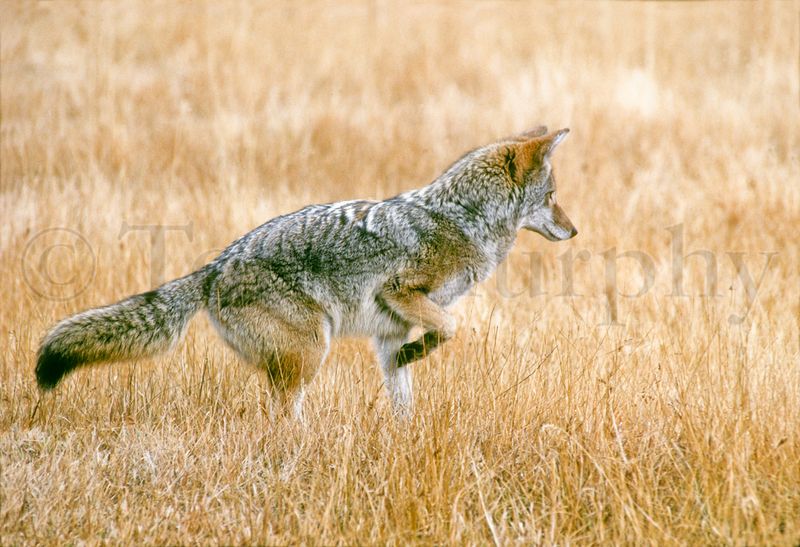
Often mistaken for small wolves, Yellowstone’s coyotes demonstrate remarkable hunting skills in grasslands. Watch them pounce with precision as they target mice and voles hiding beneath snow or tall grass.
Unlike their more elusive wolf cousins, coyotes frequently operate solo or in pairs. They’ve adapted well to human presence, sometimes appearing near roads and developed areas. While less dangerous than larger predators, maintain distance and never feed these intelligent canids.
6. Black Bears In Forested Regions
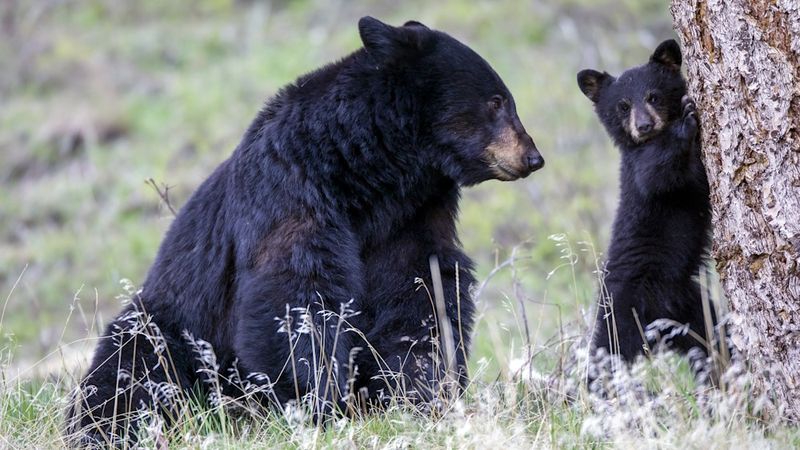
Smaller than their grizzly cousins but equally fascinating, black bears thrive in Yellowstone’s wooded areas. Their dark silhouettes often appear along forest edges during morning foraging expeditions.
Despite their name, these bears can be brown, cinnamon, or even blonde in color. Identification tip: black bears lack the pronounced shoulder hump of grizzlies and have taller, more pointed ears. Always store food properly at campsites to avoid unwanted midnight visitors.
7. Moose Along Waterways
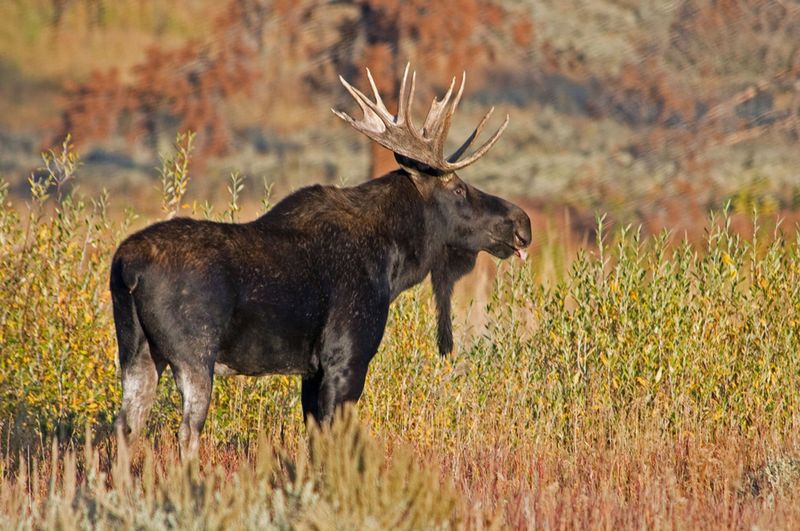
North America’s largest deer species favors Yellowstone’s wetlands and willowy riverbanks. Males sport massive paddle-shaped antlers that can span six feet across during summer and fall months.
Moose appear deceptively docile but rank among the park’s most dangerous animals when provoked. Females with calves are particularly protective. Stay at least 100 feet away and watch for warning signs like laid-back ears or raised hackles along their shoulders.
8. Bighorn Sheep On Rocky Slopes
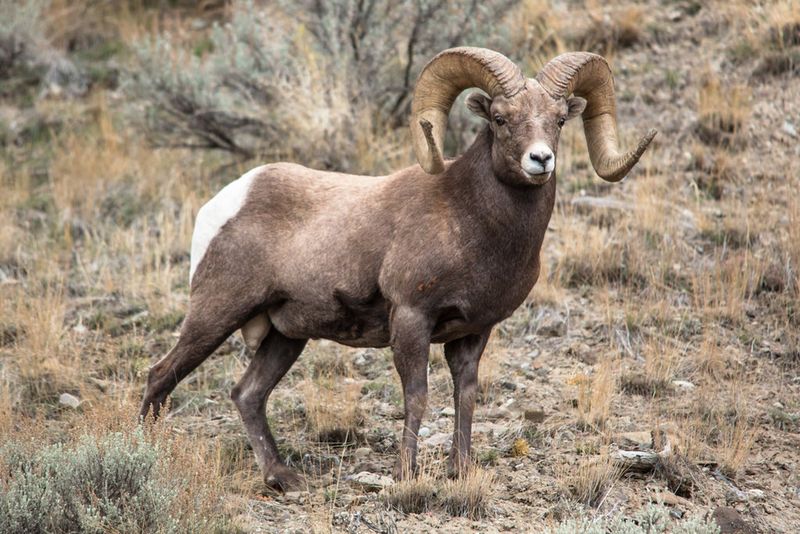
Marvel at the gravity-defying agility of bighorn sheep navigating Yellowstone’s steep cliffs. Males clash horns in spectacular dominance battles that can be heard echoing across canyons during fall mating season.
Mount Washburn offers excellent viewing opportunities along hiking trails. The sheep’s specialized hooves provide perfect traction on seemingly impossible terrain. Their curved horns can weigh up to 30 pounds—heavier than all the bones in their body combined!
9. Pronghorn Sprinting Across Plains
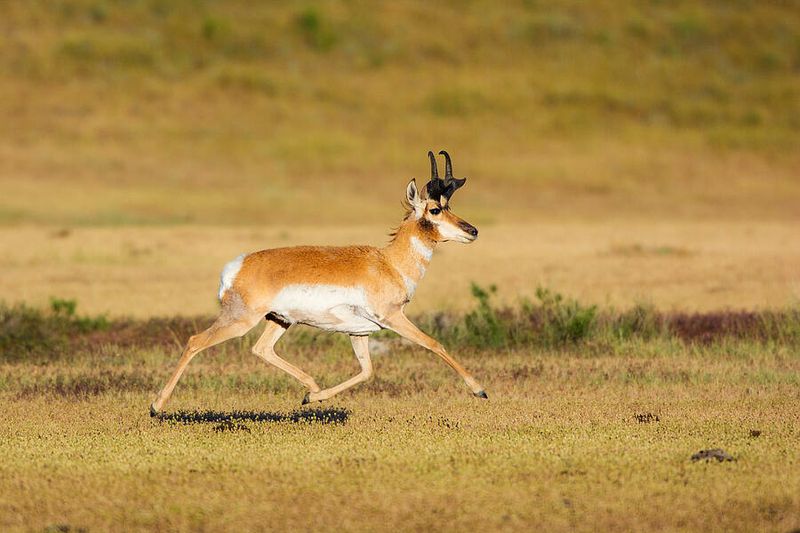
America’s fastest land mammal rockets across Yellowstone’s grasslands at speeds approaching 60 mph. These tan and white antelope-like creatures evolved their remarkable speed to escape extinct American cheetahs thousands of years ago.
Lamar and Hayden valleys offer prime viewing spots for these elegant sprinters. Unlike deer, pronghorn don’t jump fences but squeeze underneath—a quirk that has complicated their migration patterns outside the park. Their distinctive white rumps flash like warning signals when they sense danger.
10. River Otters Playing In Waterways
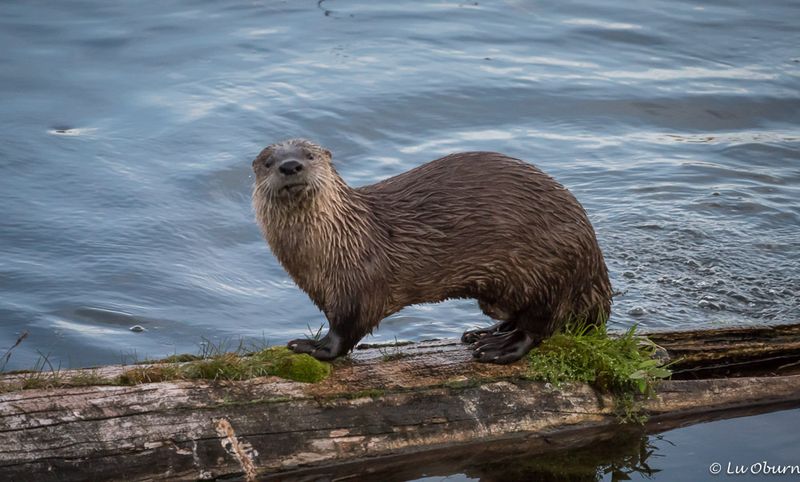
Pure joy takes animal form when river otters slide down muddy banks and wrestle in Yellowstone’s waterways. These playful mammals entertain visitors with acrobatic swimming displays and apparent games of tag.
Yellowstone Lake and the Lamar River provide reliable viewing spots. Beyond their playful antics, otters serve as indicators of ecosystem health since they require clean water and abundant fish. Their dense fur—nearly a million hairs per square inch—keeps them warm in frigid waters.
11. Foxes Hunting In Meadows
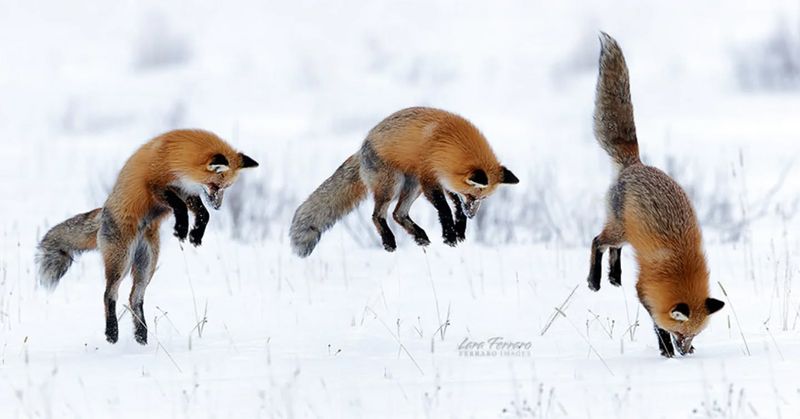
Red foxes demonstrate remarkable hunting techniques with their distinctive “mousing leap” across Yellowstone’s meadows. They pinpoint prey beneath snow using sensitive hearing, then pounce with precision to catch rodents hidden below.
Winter provides spectacular viewing opportunities when their rust-colored coats contrast beautifully against white landscapes. Unlike many park animals, foxes remain active year-round without hibernating. Their bushy tails—nearly as long as their bodies—serve as balancers during jumps and warm wraps during cold nights.
12. Badgers Digging Burrows
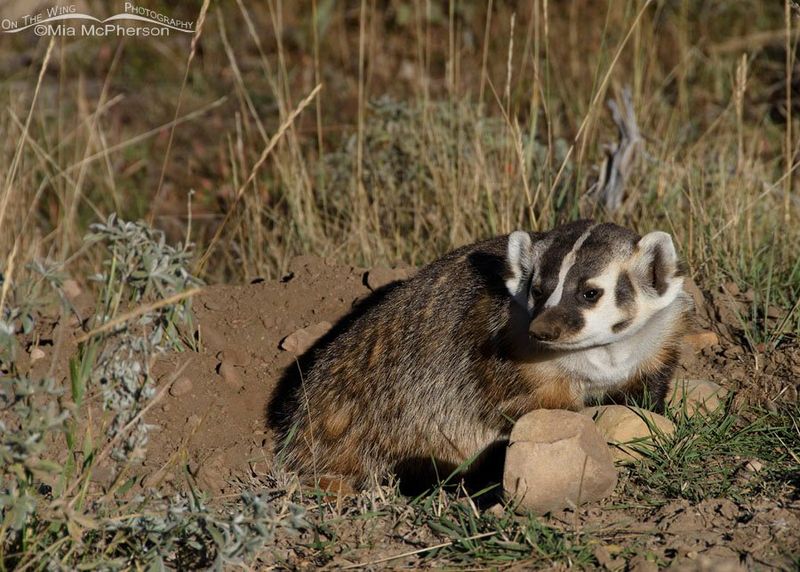
Yellowstone’s grasslands occasionally reveal one of the park’s most industrious diggers—the stocky, low-slung badger. These powerful excavators can move 700 pounds of soil in a single night while creating elaborate burrow systems.
Patient wildlife watchers might witness their incredible digging abilities in action. Their distinctive black-and-white striped faces peek from holes as they hunt ground squirrels and prairie dogs. Despite waddling appearances, badgers can move with surprising speed when threatened.
13. Beaver Colonies Reshaping Streams
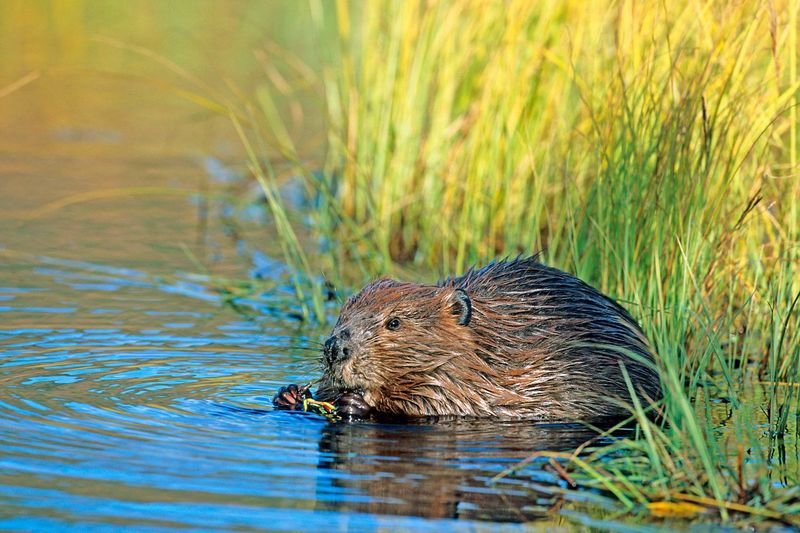
Nature’s engineers transform Yellowstone’s waterways with impressive dams spanning up to 100 feet. These industrious rodents create wetland habitats benefiting countless other species from fish to birds.
Look for gnawed tree stumps with distinctive tooth marks near waterways. Dawn and dusk offer best chances to spot beavers swimming with only eyes and nose visible above water. Their constantly growing front teeth can cut through a willow sapling in minutes.
14. Mountain Lions Stalking Prey
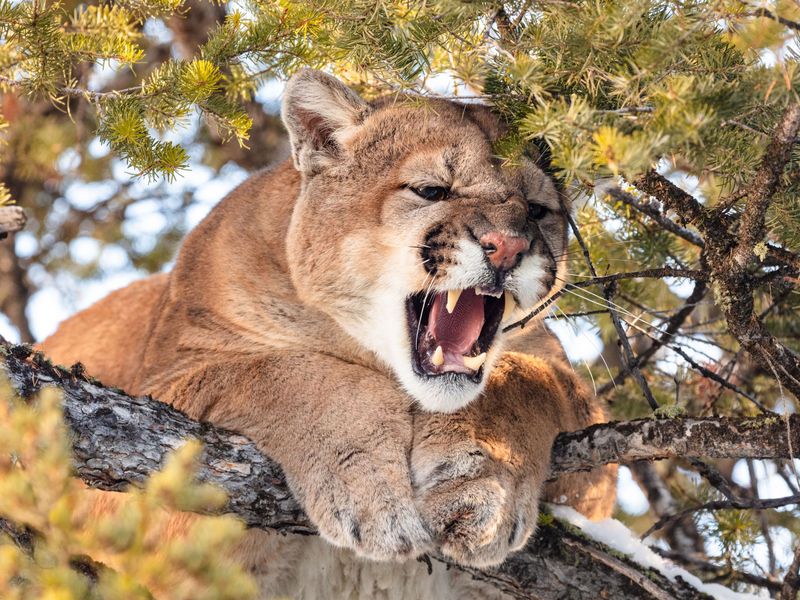
Among Yellowstone’s most elusive residents, mountain lions move like shadows through forests and rocky outcrops. Few visitors ever glimpse these stealthy predators, though their population remains healthy throughout the park.
Mountain lions primarily hunt deer and elk, approaching with incredible stealth before powerful lunging attacks. They prefer rugged terrain with good cover for ambushing prey. If you’re among the extremely lucky few to spot one, maintain distance and consider it a rare privilege.
15. Golden Eagles Soaring Overhead
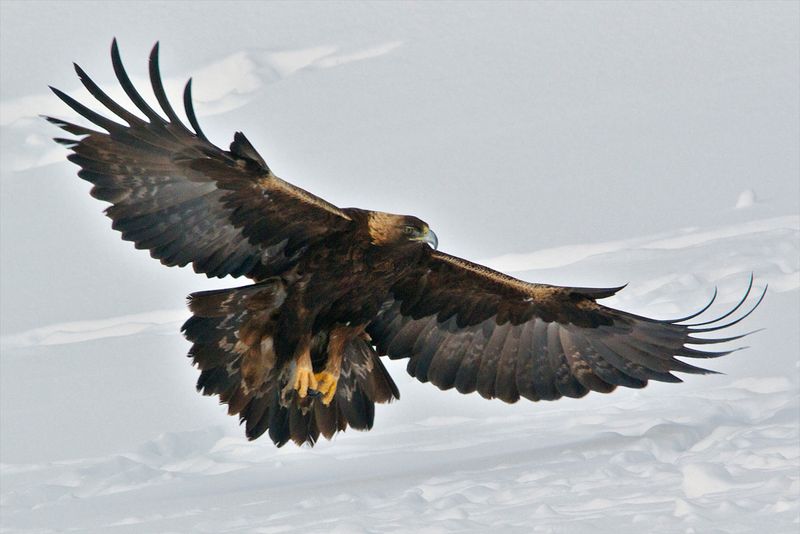
North America’s largest bird of prey patrols Yellowstone’s skies with wingspans stretching nearly seven feet. These majestic raptors ride thermal currents while scanning for rabbits, ground squirrels, and occasionally young deer.
Bring binoculars to distinguish them from bald eagles by their golden nape feathers. They nest on remote cliff faces throughout the park. Their eyesight is so powerful they can spot a rabbit from nearly two miles away—a perfect adaptation for hunting across Yellowstone’s vast landscapes.

